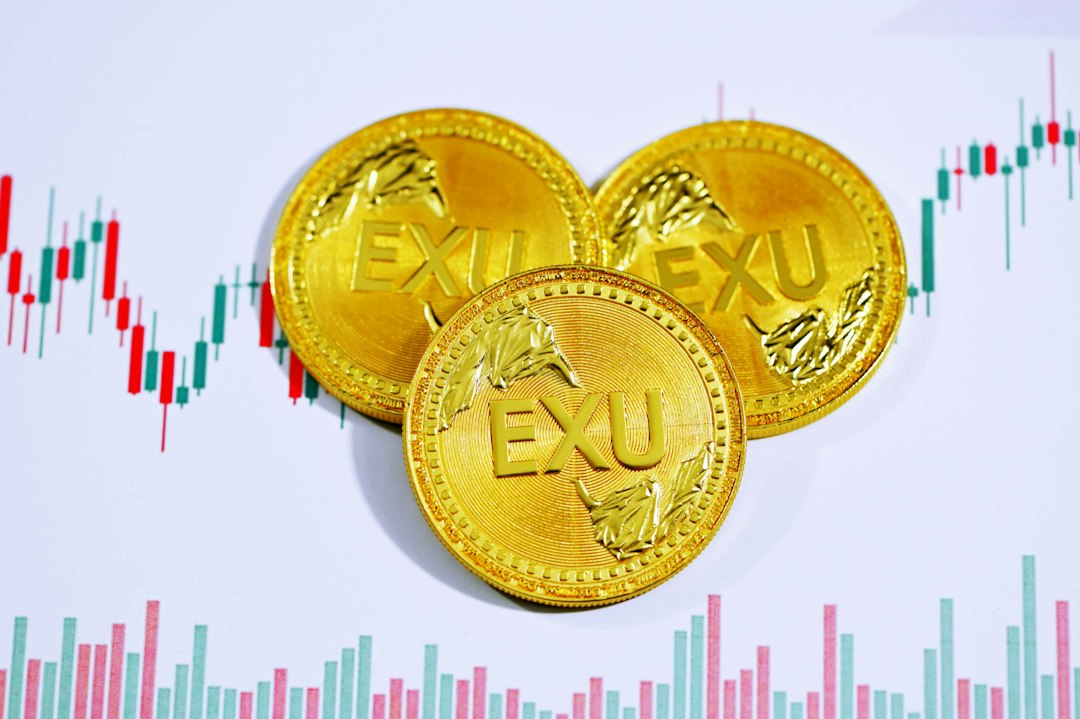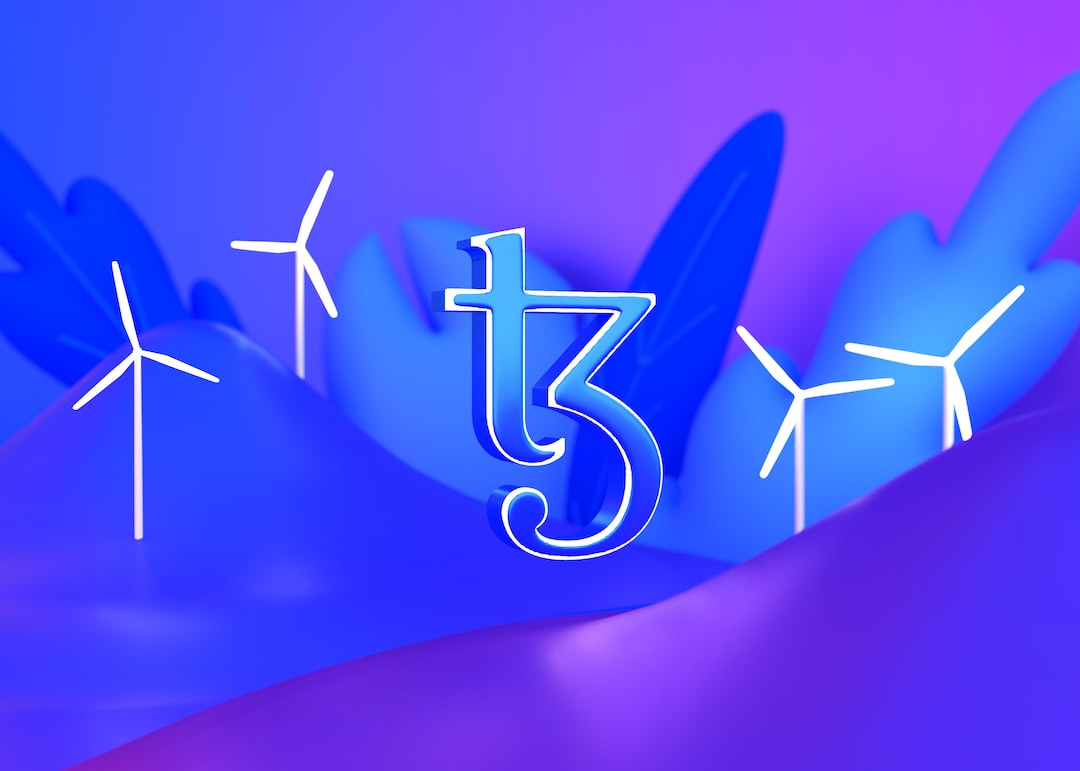Bitcoin’s Positive Indicators and the Macro Environment
In October, Bitcoin (BTC) experienced a 26.5% surge in price, accompanied by several indicators reaching one-year highs. These indicators include the BTC futures premium and the Grayscale GBTC discount. This data reflects the recovery period after the FTX-Alameda Research collapse and is influenced by the recent increase in interest rates by the U.S. Federal Reserve.
Despite these positive signs, Bitcoin’s price remains around 50% below its all-time high of $69,900. In comparison, gold is only trading 4.3% below its March 2022 level of $2,070. This difference highlights that Bitcoin’s adoption as an alternative hedge is still in its early stages, despite its year-to-date gains of 108%.
Before making any conclusions about the improvement in Bitcoin futures premium, open interest, and the GBTC fund premium, it is crucial to analyze the macroeconomic environment.
The U.S. Budget Issue Sparks Institutional Hope for Bitcoin
The announcement by the U.S. Treasury to auction off $1.6 trillion of debt over the next six months has attracted attention. The size of the auction and the balance between shorter-term Treasury bills and longer-duration notes and bonds are key factors to watch.
Billionaire Stanley Druckenmiller criticized Treasury Secretary Janet Yellen’s focus on shorter-term debt and praised Bitcoin as an alternative store of value in response to this increase in debt rate by the world’s largest economy.
The surge in Bitcoin futures open interest, reaching its highest level since May 2022 at $15.6 billion, indicates institutional demand driven by inflationary risks. The CME has become the second-largest trading venue for Bitcoin derivatives with $3.5 billion notional of BTC futures.
The Bitcoin futures premium, measuring the difference between 2-month contracts and the spot price, has also reached its highest level in over a year. This indicates that sellers are requesting more money to delay settlement.
Grayscale’s GBTC fund discount has narrowed, reducing its deficit from 20.7% to 14.9%. This suggests increased investor anticipation of a spot Bitcoin exchange-traded fund (ETF) approval in the U.S.
Exchange Risks and Potential Challenges for Bitcoin
While the data seems positive for Bitcoin, caution is advised when considering exchange-provided numbers, especially with unregulated derivatives contracts.
The U.S. interest rate has risen to 5.25%, and exchange risks have increased post-FTX, which makes the 8.6% Bitcoin futures premium less bullish. Comparatively, the CME Bitcoin annualized premium stands at 6.8%, while Comex gold futures trade at a 5.5% premium and CME’s S&P 500 futures trade at a 4.9% premium above spot prices.
Investors should also be aware of general risks in cryptocurrency markets, as highlighted by U.S. Senator Cynthia Lummis’s call for action against Binance and Tether by the Justice Department.
The approval of a spot Bitcoin ETF could lead to sell pressure from GBTC holders who have been restricted by Grayscale’s administration and high fees. This return to the mean suggests that the positive data and performance of Bitcoin are not indicative of excessive optimism but rather a normalization.
Hot Take: Bitcoin’s Growth Reflects Steady Progress
Bitcoin has shown promising signs with its price surge, positive indicators, and institutional interest. However, it is important to consider the macroeconomic environment, exchange risks, and potential challenges ahead.
The U.S. budget issue and the focus on shorter-term debt have sparked hope for Bitcoin as an alternative store of value. The increase in Bitcoin futures open interest and the futures premium further indicate institutional demand.
Despite these positive developments, caution is advised when relying on exchange-provided numbers and considering general risks in cryptocurrency markets. The approval of a spot Bitcoin ETF may also impact market dynamics.
Overall, Bitcoin’s growth reflects steady progress rather than excessive optimism, highlighting its potential as a long-term investment option.





 By
By
 By
By

 By
By
 By
By
 By
By